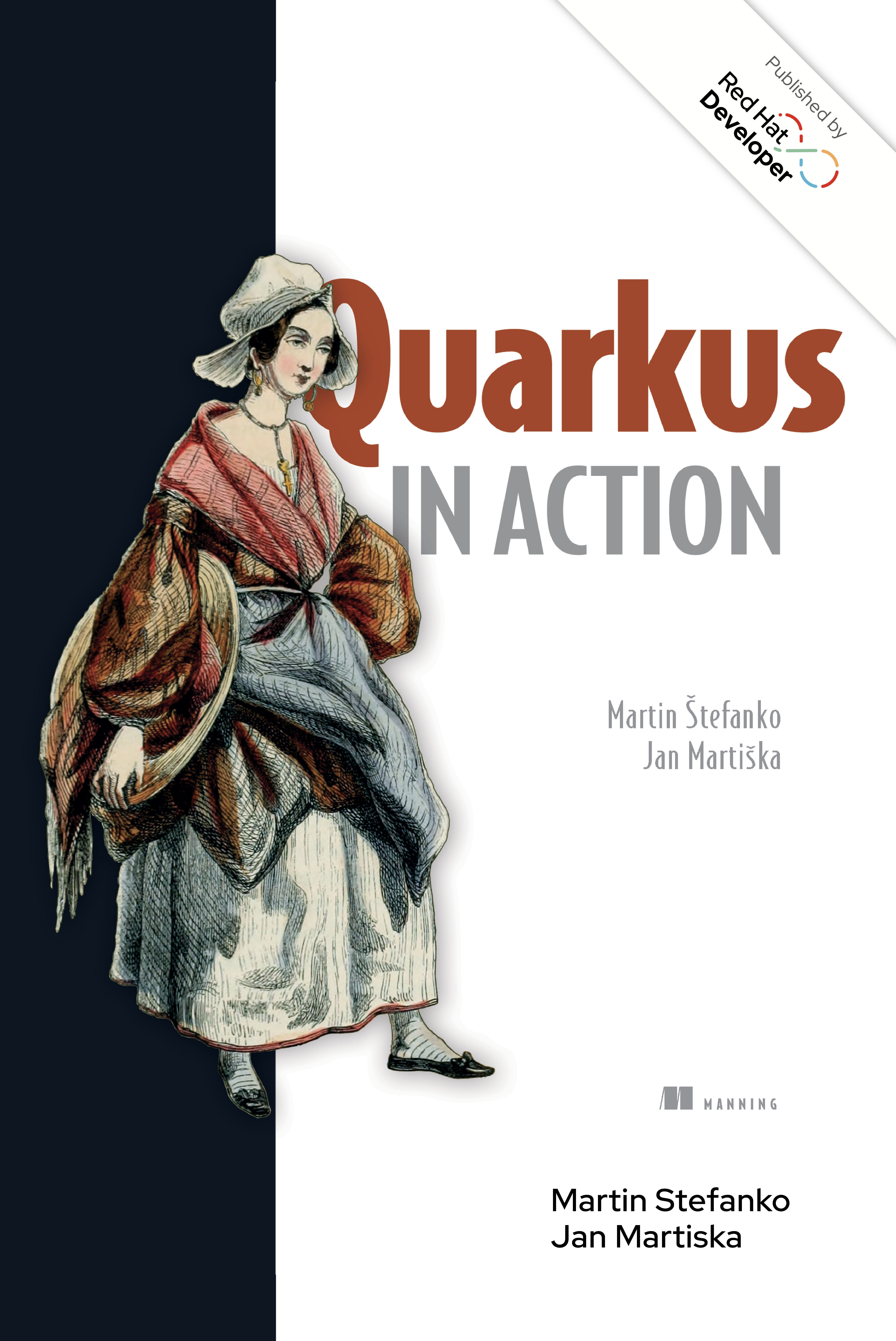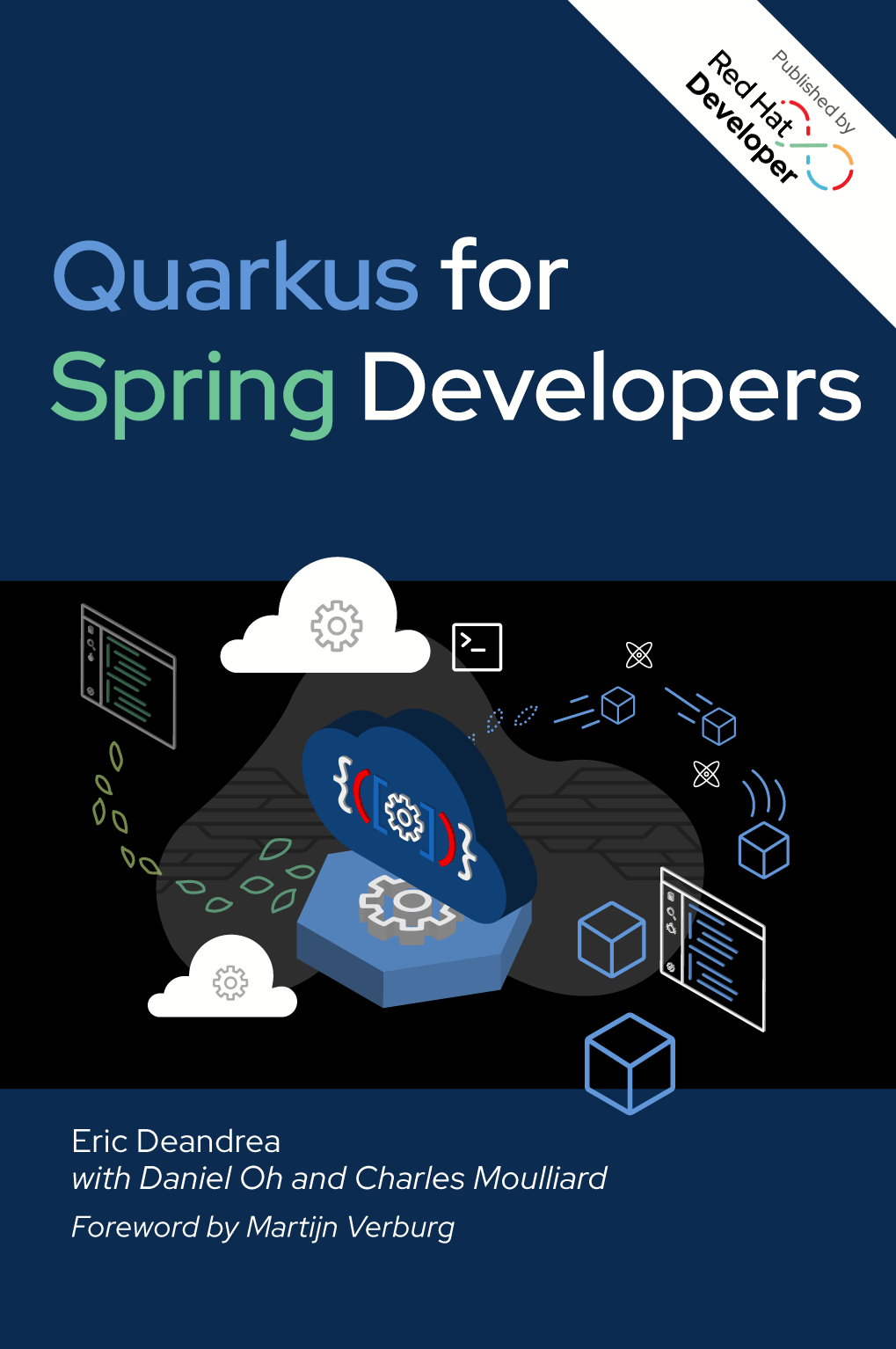

Practising Quarkus
Overview
Quarkus has its genesis in the JBoss community. JBoss has extensive experience of running applications on application servers (JBoss EAP, WildFly) and building reactive applications on the JVM (with Eclipse Vert.x for example). Due to its extension mechanism, Quarkus supports several Java frameworks (e.g. Hibernate, Camel, etc.) as well as specifications (e.g. a subset of Jakarta EE, or MicroProfile which is a set of specifications to develop microservices in Java). So, this fascicle is for the Java community as a whole and for those of you interested in microservice architectures.
The only requirements to follow and understand this fascicle are having knowledge of Java and having some knowledge of relational databases and Docker. This fascicle concentrates on Quarkus 1.8.2.Final. Its structure will help you to discover this technology as well as help you to further dive into it if you already have some experience of it.
In this book, you will learn how to:
- Apply terminology and concepts surrounding Quarkus
- Prepare your environment for application development
- Develop isolated microservices
- Make two microservices talk to each other
- Build executable jars
- Package microservices into Docker containers
Excerpt
We need to expose a REST API that generates ISBN numbers so that, when we create a new book, we can have ISBN numbers. For that, we will create a Number microservice. It uses HTTP to expose a REST API and will then be used by another microservice named Book. The Number microservice generates all sorts of numbers: ISBN (International Standard Book Number), ASIN (Amazon Standard Identification Number) and EAN (European Article Number).



